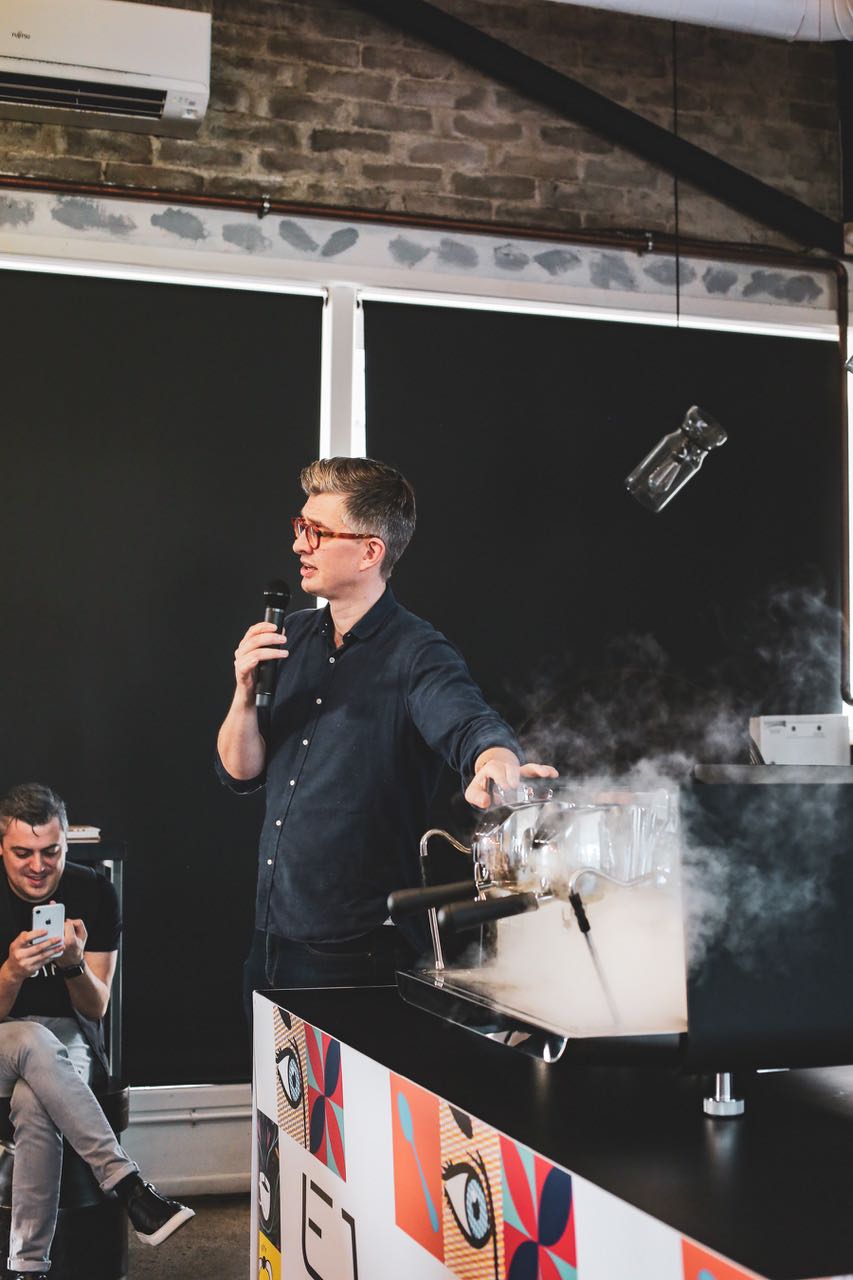
Photo: Atomic Coffee Roaster
“I believe design should be rooted in function, in minimalism and then an aesthetic vision.”
While many people try their best to climb up the career ladder, aiming at a higher job title, the 2007 World Barista Champion, James Hoffmann may be on another route to his passion and career. He said, “I don’t have a job title any more, which makes me very happy.” Since winning the top barista title, Hoffmann has been involved in many different projects. He is the co-founder of Square Mile Roasters, a multiple award-winning coffee roastery based in London. He published the World Atlas of Coffee in 2014, which is the first book that covers over 35 coffee producing countries and has been translated into different languages. And the updated 2nd edition is now on book shelves. His YouTube account has over 150 videos boasting 215k subscribers (as of 1 March). You may have run into him at many coffee expos and events. James is always surrounded by people asking for his advice on business and ideas about the future of the coffee industry.
Boasting over 15 years’ solid experience in the world of coffee, Hoffmann’s coffee journey was not what he meant it to be, as many people might have assumed. “I got into coffee by mistake. I just needed a job, and didn’t even drink coffee at the time,” he confessed. “Something about it was interesting, and I ended up falling in love with it. I don’t feel like I had any other choice but to pursue a career in coffee.” Maybe, not choosing is actually a choice by Hoffmann too.
An Eye for Sustainability
Sustainability has been a big issue in the coffee world as it is in most industries across the globe. From seed to cup, every step needs us to pay huge attention to how we can improve and do better in a bid to create a sustainable future. As Hoffmann has been working with a number of coffee companies, including as a consultant and advisor, he is capable and able to make a bigger difference to some extent.
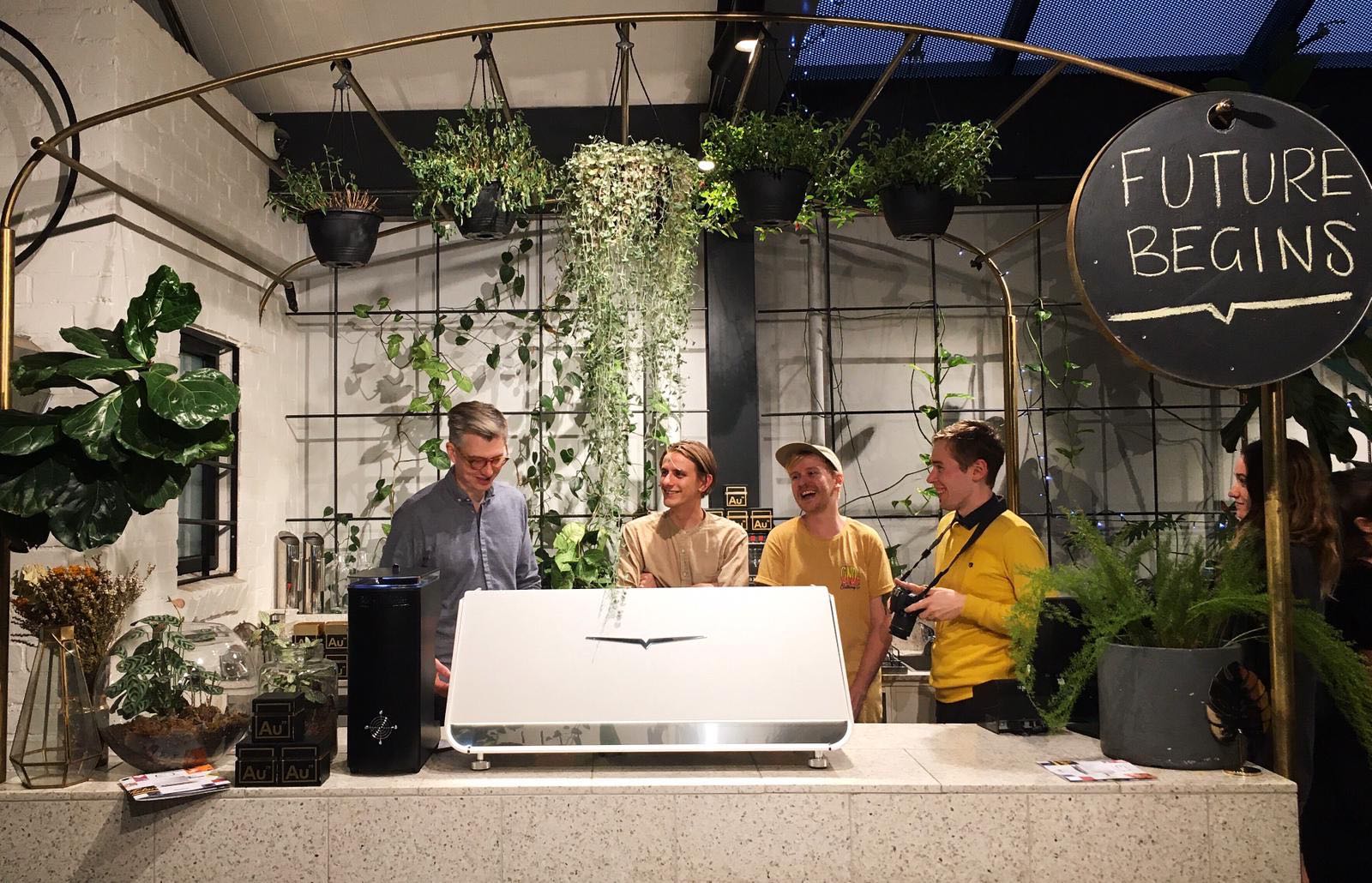
One of his recent projects is his participation in the Eagle One with Victoria Arduino, which allowed him to get involved at the core of the design of a coffee machine. “When I come into these projects, my job is to help create a brief,” he explained. “Hopefully I am helpful in that I can offer insight into the needs or challenges of those making coffee.”
In response to the needs from the new generation of coffee shops, Eagle One was born and is known for its design, performance and sustainability.“If we can make the same amount of coffee with a third less energy, then I think that is a very exciting thing,” Hoffmann said. The different technologies inside the machine are all routed towards the idea of doing more with less.
For example, the compact size of the machine meets the needs of small spaced cafes; it is capable of producing high volumes of high quality coffee but not at the expense of energy efficiency, which is great news for both baristas and cafe owners.
“I believe design should be rooted in function, in minimalism and then an aesthetic vision,” Hoffmann shared. Since last year, we have seen more coffee machine makers offering a diversity of personalized options for users, from functions to designs.
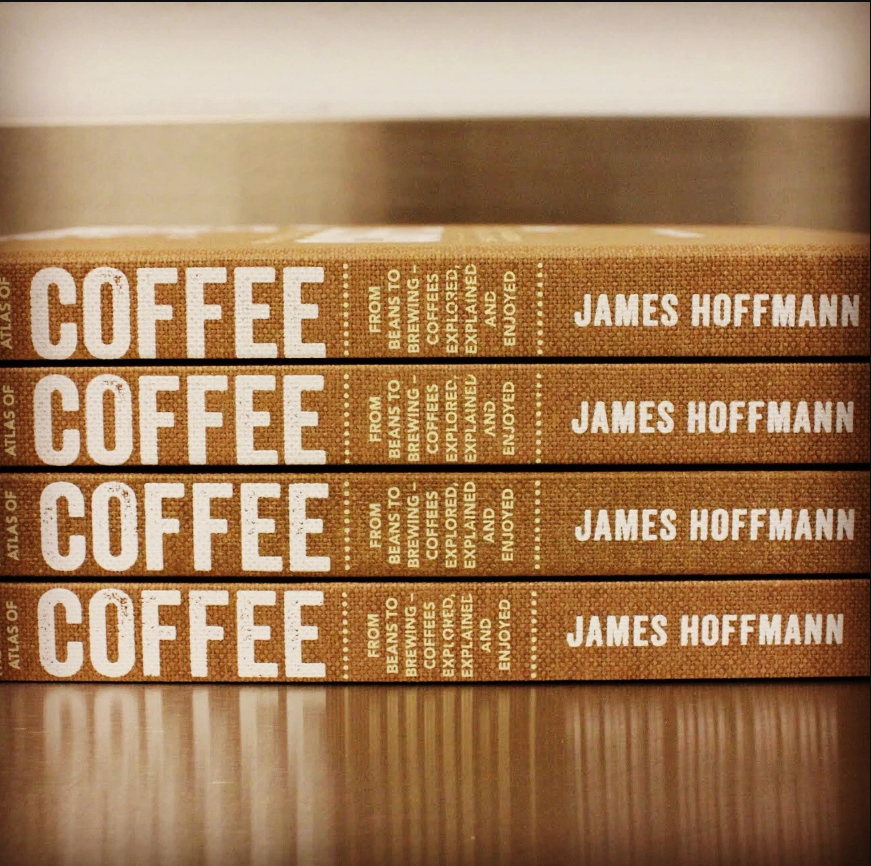
Step by Step to Deepen Appreciation The set-up of Hoffmann’s YouTube account started from the idea of sharing, which has been a big part of his daily life. “I want to reach people who might care a little about coffee, and take them on a journey to deepen their appreciation,” he said. As the world coffee culture continues to boom, more people have shown more serious interest in coffee and anything related to it. His videos vary in topics and themes, but the core of it all is coffee.
For newbies, they will find a ‘How to’ Series to become familiar with all different coffee making tools and variants in coffee and then be a master coffee brewer at home. However, if you listen to what Hoffmann shares in such videos, even professional baristas may find them useful and beneficial for their daily work. ‘Reviews’ is another popular section on his account. The product review becomes a best resource for both baristas and coffee lovers to find professional advice before they make a purchase on certain products, ranging from coffee makers/machines, grinders to drinks or accessories like books. “It is the largest social network, people spend more time there and so you can capture their attention for longer,” Hoffmann said. The ‘attention’ he mentioned is for the coffee industry to be sustainable. “We need more customers and I think YouTube is a great place to find them,” he explained.
The Mindset Matters When starting the World Atlas of Coffee project, Hoffmann aimed to fill a big gap in the coffee industry. The lack of resources and reliable references might have got many people frustrated. The idea behind the book is a determination by Hoffmann to “make some sense of the noise for people and make coffee a little clearer”. “I want consumers to enjoy coffee more. Be it brewing it better, buying it better or just understanding it a little more — it all contributes to making coffee a more delightful part of our lives,” as he shared in an interview back in 2014. The 2nd Edition of the book has already been launched. The statistics about each producing country have been updated with some new and expanded chapters.
The coffee market is fast growing yet becomes even more competitive worldwide. When asked what would be the one thing he would like to change about the coffee culture, Hoffmann answered, “The mindset that to grow, you need to take customers from a competitor — instead of creating new customers.” The growing population of coffee people and coffee market is a cheerful scene but the mindset is something that really matters. A sustainable development for coffee involves the participation of all, coffee people and consumers.
A Big Driver in Future
Consumer needs create demands, which are then satisfied by better designs and advanced products. With more focus on design, Hoffmann believes materials can be the next driver for coffee ware in the future: “We’ll see materials begin to change to those that have a lower environmental impact — either in their creation or their recycling impact post use. Environmental impact is starting to drive a wide range of decisions in many countries now, and I think this will be a very big driver in coffee in the next few years.”
This year, Hoffmann will start to work on his first project beyond coffee. But no worries, as he also reveals, “I have some big plans for YouTube too.” So stay tuned!
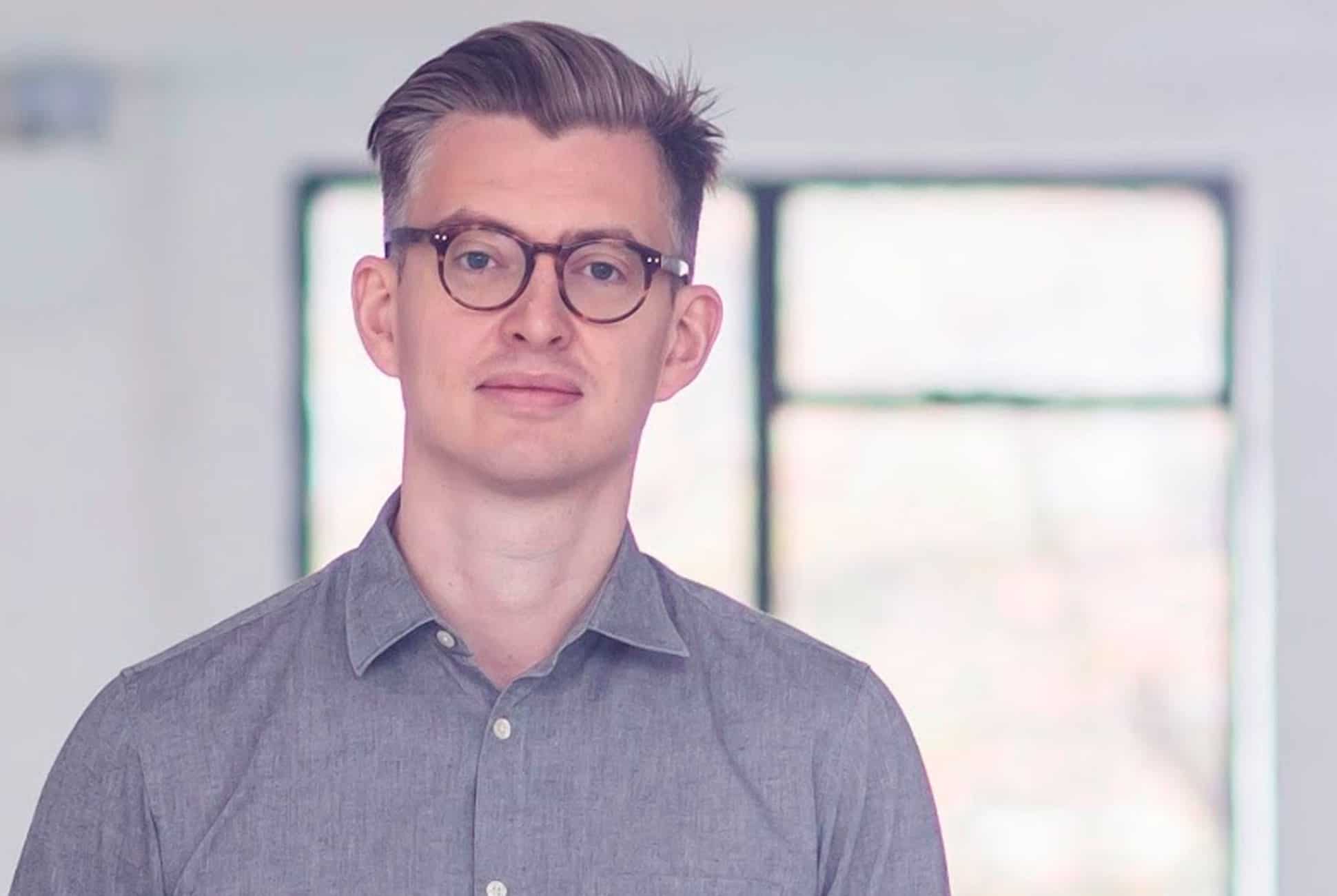
Q&A
What do you do at leisure?
It has been some time since I had leisure time. What little time I do have is spent reading, or watching YouTube!
What coffee filter/maker do you use the most? Why?
I have a Breville/Sage brewer at home that makes my first coffee of the day every day.
Which origin of coffee do you like the best?
I hate choosing, but probably Colombia — so much diversity of styles, and I love the combination of fruity and sweet flavors that the best coffees from places like Huila or Nariño have.



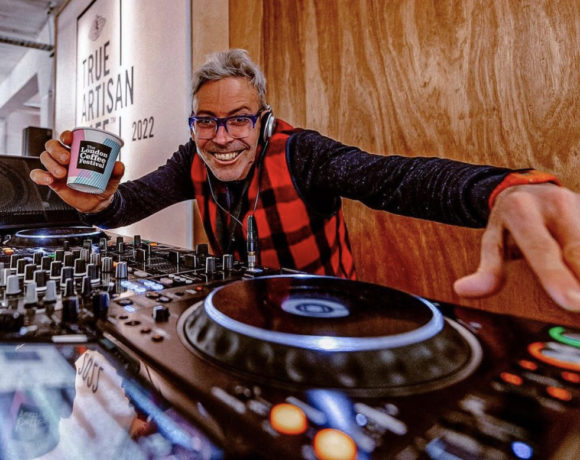
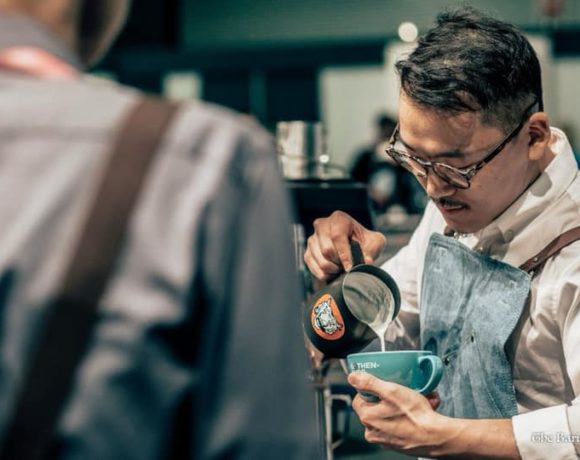
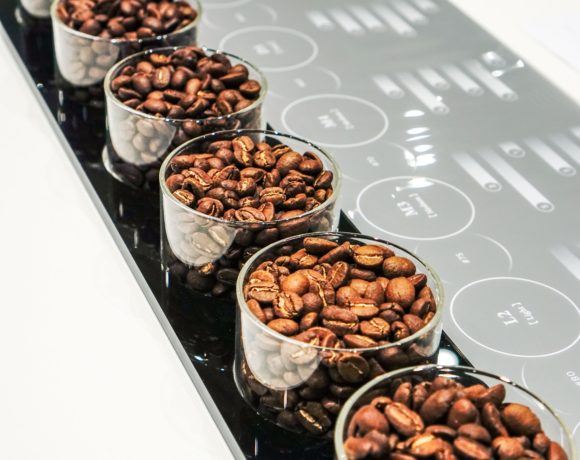






NO COMMENT